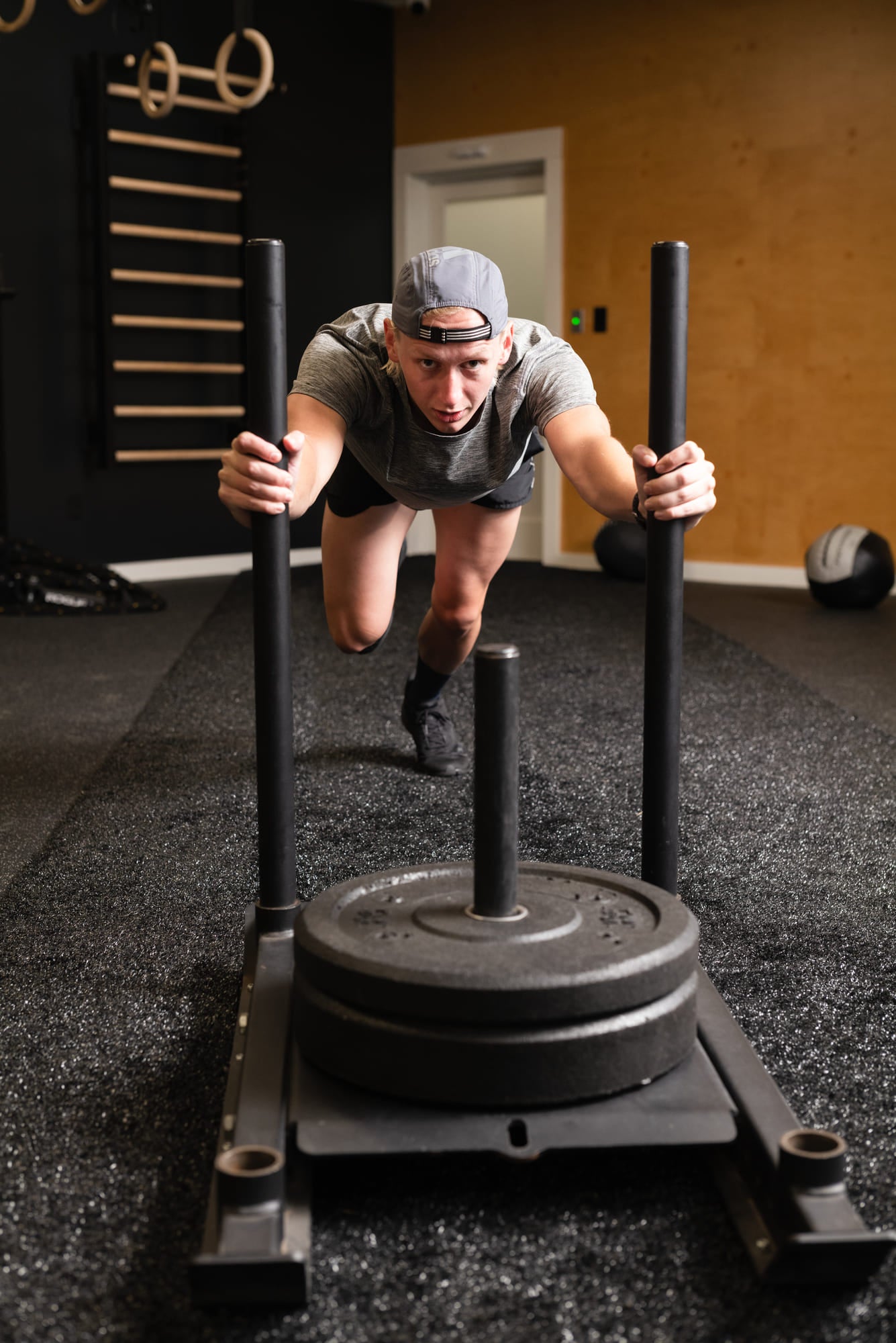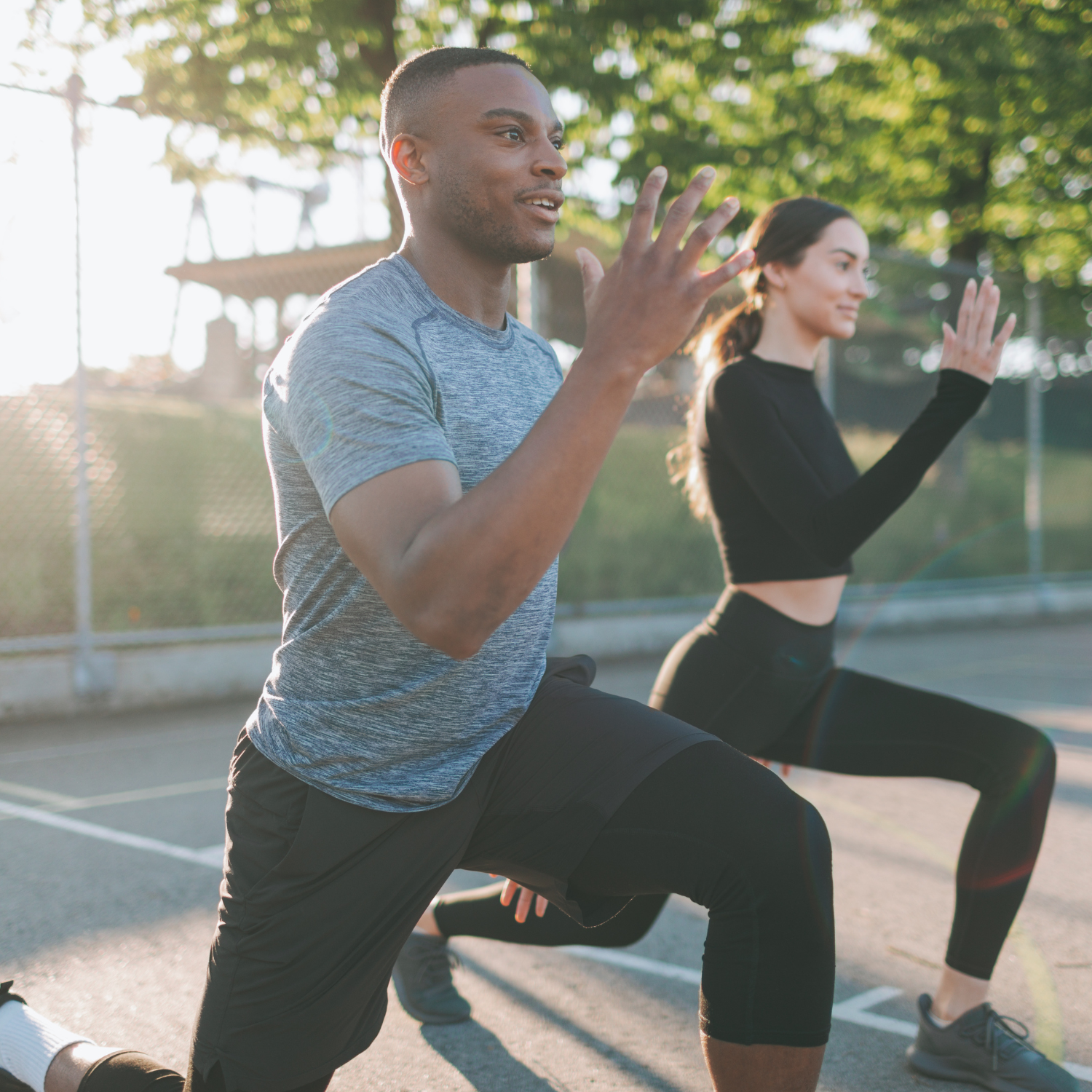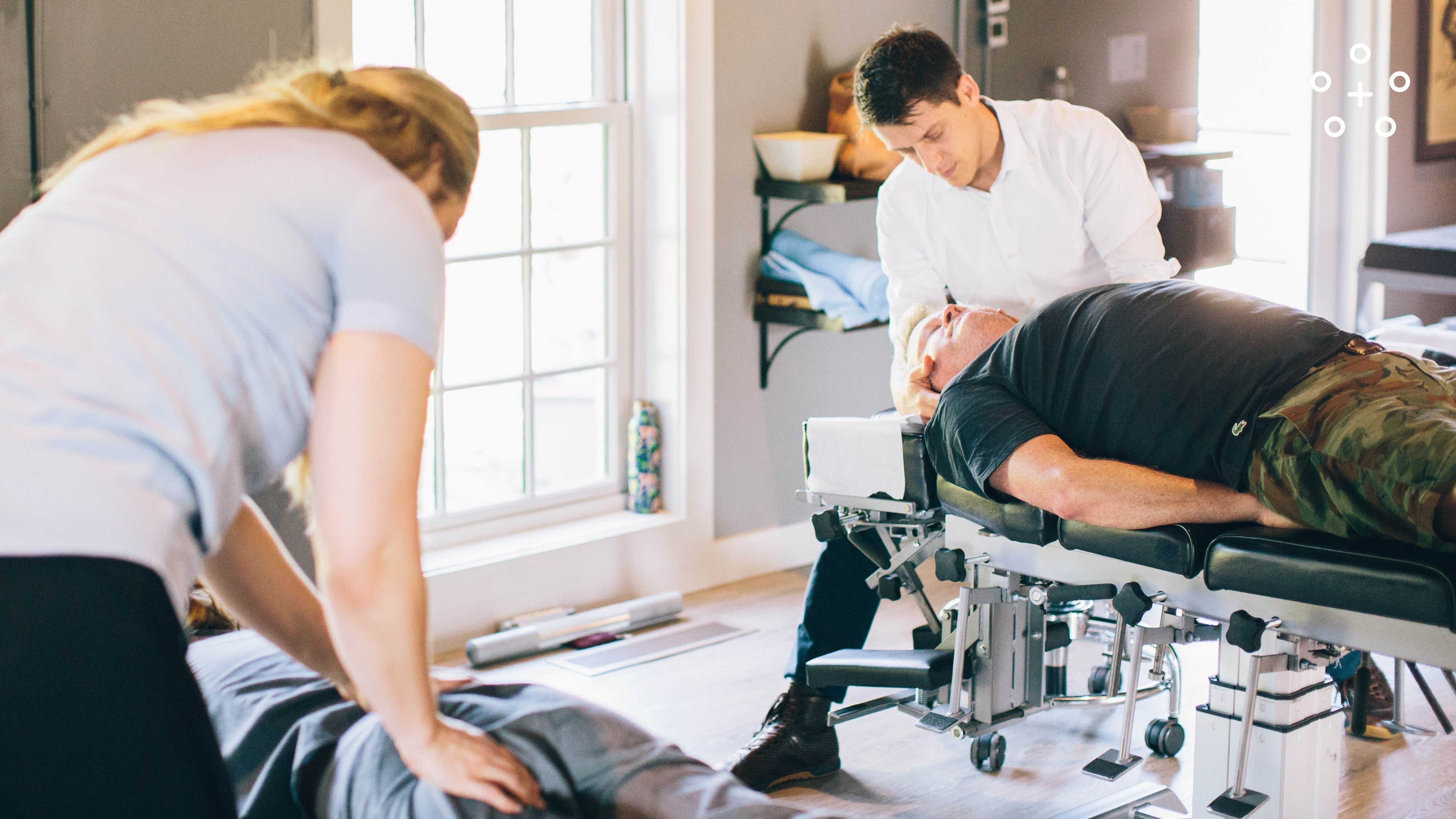How to Improve Mobility to Enhance Performance and Prevent Injury
When it comes to fitness and athletic performance, strength and endurance often steal the spotlight. However, there's another crucial component that sometimes gets overlooked: mobility. Improving your mobility can significantly enhance your physical performance and help prevent injuries. In this blog post, we'll dive into effective techniques to boost your mobility, why it matters, and how you can make it a regular part of your fitness routine.
So, let’s get moving and explore the world of mobility!
How Does Mobility Prevent Injury?
Mobility refers to the ability of your joints to move freely through their full range of motion without restrictions. When your joints are mobile, your body can perform movements more smoothly and with less strain. But how exactly does this prevent injuries?
Balanced Muscle Activation: When you have good mobility, the muscles around your joints can activate correctly. This balance reduces the risk of overuse injuries because no single muscle group is doing all the work.
Optimal Movement Patterns: Proper mobility allows you to move correctly. If you lack mobility, your body will compensate in ways that can lead to improper movement patterns and, ultimately, injuries.
Enhanced Joint Health: Keeping your joints mobile helps maintain their health. When joints are regularly moved through their full range, they stay lubricated and less prone to stiffness and degenerative changes.
How Does Mobility Improve Performance?
Now, let’s talk about performance. Whether you're an athlete, a weekend warrior, or just someone who loves staying active, improving your mobility can take your performance to the next level.
Greater Efficiency: When your joints can move freely, your movements become more efficient. This means you use less energy for the same activities, allowing you to perform better for longer periods.
Increased Strength Potential: Better mobility enables your muscles to work over their full length. This maximizes your strength and power output, which is crucial for activities like lifting, running, and jumping.
Improved Technique: Many sports and exercises require specific movement patterns. Good mobility ensures that you can perform these movements correctly, improving your overall technique and reducing the risk of injury.
What Improves Range of Motion Creating More Efficient Movement and Preventing Injury?
To enhance your range of motion and prevent injuries, consider incorporating these strategies into your routine:
Dynamic Stretching: Before starting your workout, engage in dynamic stretching. This involves moving parts of your body and gradually increasing reach, speed, or both. Examples include leg swings, arm circles, and torso twists. Dynamic stretching helps improve blood flow and muscle temperature, preparing your body for more intense activity.
Static Stretching: After your workout, static stretching can help maintain and improve your flexibility. Hold each stretch for at least 30 seconds to allow your muscles to relax and lengthen. Focus on stretches for the hamstrings, hip flexors, and chest, among others.
Strength Training: Strengthening the muscles around your joints can improve their stability and range of motion. Exercises like squats, lunges, and deadlifts, when performed with proper form, enhance both strength and flexibility.
Foam Rolling: Foam rolling is a self-myofascial release technique that helps release muscle tightness and improve tissue quality. Spend at least 1-2 minutes on each major muscle group, applying gentle pressure and rolling slowly.
Yoga and Pilates: Incorporating yoga or Pilates into your routine can significantly enhance your mobility. These practices focus on controlled movements, balance, and flexibility. Poses like downward dog, cobra, and cat-cow stretches are particularly beneficial for improving mobility.
How Can You Improve Your Mobility and Range of Motion?
Improving your mobility and range of motion doesn't happen overnight. It requires a dedicated and consistent approach. Here are some effective techniques to help you get started:
Daily Mobility Routine: Incorporate a daily routine that includes exercises targeting different joints and muscle groups. This doesn't have to take a long time – even 10-15 minutes a day can make a big difference.
Mobility Workout: Dedicate specific workout sessions to mobility training. Include exercises like hip openers, thoracic spine rotations, and shoulder mobility drills. These exercises help to target areas that are often tight and restricted.
Mobility Stretches: Regularly perform stretches that target tight areas. Some key stretches include hamstring stretches, hip flexor stretches, and chest openers. Make sure to hold each stretch for a sufficient amount of time to allow the muscles to relax and lengthen.
Functional Training: Engage in functional training programs designed to enhance mobility, strength, and overall physical performance. Functional training focuses on movements that mimic daily activities and sports, improving overall coordination and mobility.
The Role of Eye Movements in Mobility
You might be surprised to learn that your eyes play a significant role in your mobility. Eye movements can affect how your body moves and how efficiently you perform certain tasks. Here's how:
Proprioception: Your eyes help provide your brain with information about where your body is in space, known as proprioception. When your eyes are functioning well, your brain receives accurate information, which helps coordinate your movements more effectively.
Balance: Eye movements are closely linked to your sense of balance. Improving the coordination between your eyes and your body can enhance your overall balance, making movements smoother and reducing the risk of falls or injuries.
Coordination: Practicing eye movements alongside physical movements can improve your overall coordination. This is particularly beneficial for activities that require precise movements, such as sports or dance.
How Does Range of Motion Improve Performance?
Range of motion (ROM) plays a significant role in how well you perform physically. Here's why:
Enhanced Power Output: Greater ROM allows your muscles to generate more force over a longer distance. This is crucial for activities that require explosive power, such as jumping or sprinting.
Improved Agility: Better mobility contributes to quicker and more precise movements. This agility is essential for sports that require rapid changes in direction, such as basketball or soccer.
Better Endurance: Efficient movements reduce energy expenditure. When your joints and muscles can move freely, you use less energy to perform the same activities, allowing you to maintain performance over longer periods.
Injury Prevention: As we discussed earlier, improved range of motion helps prevent injuries. When your body can move as it should, there's less risk of strains, sprains, and other injuries that can sideline you from your favorite activities.
Effective Mobility Techniques
Let’s break down some specific techniques that can help you improve your mobility:
Dynamic Warm-Up: Before any workout, a proper dynamic warm-up is essential. This should include exercises that mimic the movements you will perform during your workout. Examples include leg swings, arm circles, and torso twists. Dynamic warm-ups increase blood flow, elevate muscle temperature, and prepare your nervous system for activity.
Static Stretching: After your workout, static stretching helps in muscle recovery and maintaining flexibility. Here are some key stretches:
- Hamstring Stretch: Sit on the ground with one leg extended and reach towards your toes.
- Hip Flexor Stretch: Kneel on one knee, push your hips forward, and stretch the front of your hip.
- Chest Stretch: Stand with your arm extended against a wall and turn your body away to stretch the chest.
Hold each stretch for at least 30 seconds to allow your muscles to relax and lengthen.
Foam Rolling: Foam rolling, or self-myofascial release, is an excellent way to release muscle tightness and improve tissue quality. Focus on rolling the major muscle groups such as the quads, hamstrings, calves, and back. Spend at least 1-2 minutes on each area, applying gentle pressure and rolling slowly.
Yoga and Pilates: Incorporating yoga or Pilates into your routine can significantly enhance your mobility. These practices focus on controlled movements, balance, and flexibility. Poses like the downward dog, cobra, and cat-cow stretches are particularly beneficial for mobility.
Strength Training: Strength training should not be overlooked in a mobility routine. Strengthening the muscles around a joint can improve its stability and range of motion. Exercises like squats, lunges, and deadlifts, when performed with proper form, enhance both strength and flexibility.
Functional Training: Functional training focuses on movements that mimic daily activities and sports. This type of training enhances overall mobility, strength, and coordination. At Archetype, our functional training program is designed to improve your mobility and performance. Learn more about our program here.
Making Mobility a Part of Your Routine
Improving your mobility is not a one-time event; it’s a journey. Here are some tips to make mobility a regular part of your fitness routine:
Set Aside Time: Dedicate specific times in your week for mobility training. This could be part of your warm-up, cool-down, or a separate session altogether.
Listen to Your Body: Pay attention to areas that feel tight or restricted and focus your efforts there. Everyone’s body is different, so tailor your routine to your needs.
Stay Consistent: Like any other aspect of fitness, consistency is key. Make mobility exercises a regular part of your routine to see long-term benefits.
Get Professional Guidance: Consider working with a fitness professional who can assess your mobility and provide a tailored program. This can help ensure that you’re using the correct techniques and targeting the right areas.
Embrace Mobility for a Healthier, More Active Life
Mobility is an essential component of overall fitness and athletic performance. By incorporating dynamic and static stretching, foam rolling, yoga, Pilates, strength training, and functional training into your routine, you can achieve better range of motion and overall physical efficiency. Consistency is key, so make mobility exercises a regular part of your fitness regimen.
If you are looking to take your mobility and performance to the next level, consider joining our functional training program. Our expert trainers will guide you through personalized routines that address your specific needs and goals. Learn more about our program and start your journey to better mobility today!
To learn more about our functional training program, visit Archetype Functional Training.




